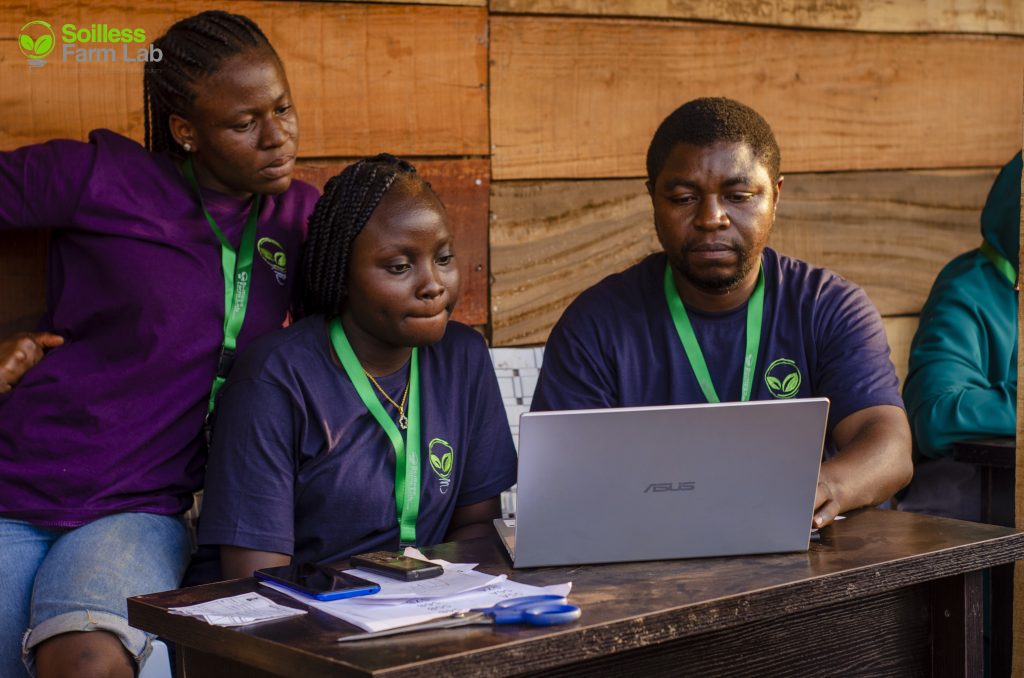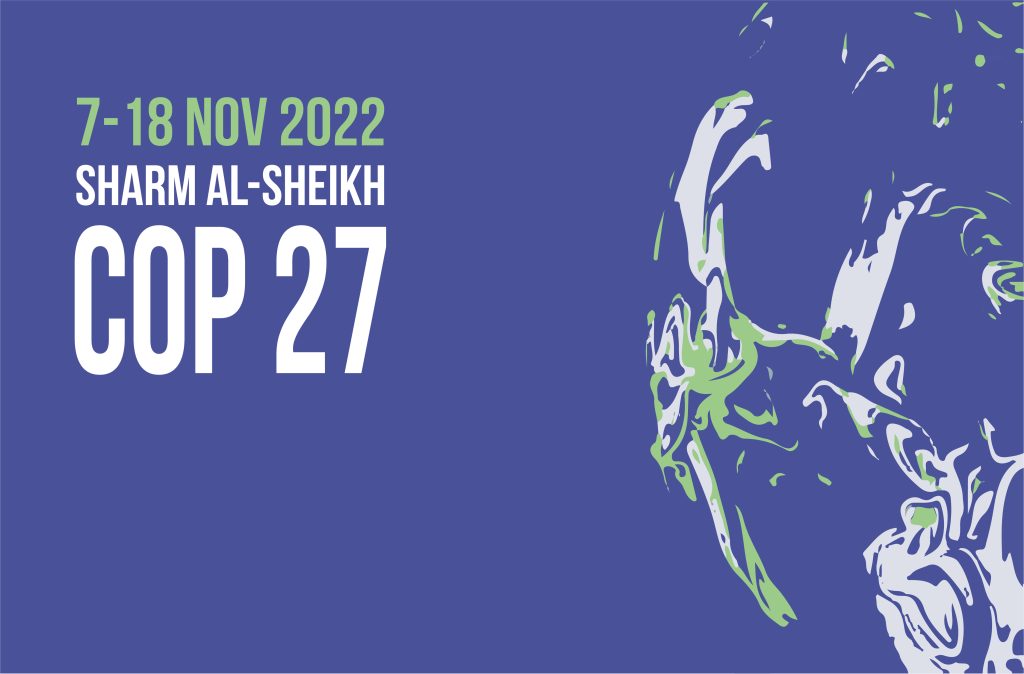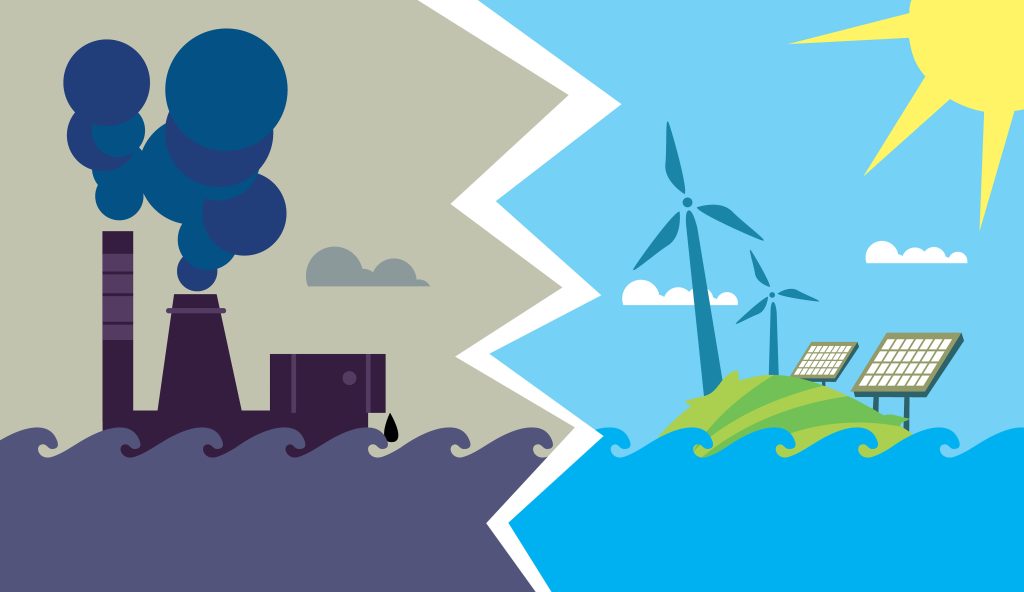The inaugural Africa Climate Summit in Nairobi held from the 4th to 6th of September, 2023, has concluded leaving behind a trail of promises and commitments from both government and private sector stakeholders. In a world grappling with the dire consequences of climate change, African leaders gathered at the Kenyatta International Convention Centre in Nairobi, Kenya, for a three-day dialogue aimed at addressing critical climate change issues specific to Africa.
The Summit, which featured discussions on evaluations, funding mechanisms, partnerships, commitments, and pledges to combat climate change, had a twofold purpose. Firstly, it aimed to establish forward-thinking initiatives and sustainable plans essential for meeting international climate finance and adaptation targets. Secondly, it aimed to reshape Africa’s image from that of a continent vulnerable to climate crises to that of a hub of potential climate solutions.
KEY HIGHLIGHTS FROM THE SUMMIT
The Nairobi Declaration
While a lot has been said and written about the three-day event, one standout moment was the adoption of the Nairobi Declaration. This landmark document serves as a blueprint for Africa’s future negotiations with Western countries on international platforms.
Despite contributing the least to global climate change issues, Africa bears the brunt of its impact, as reported by the World Meteorological Organization. Yet, the continent receives only a fraction of global climate change financing. The devastating effects of climate change in Africa, including food shortages, displacement, and migration, result in over $8.5 billion in economic damages annually.
The Summit’s declaration was rooted in Africa’s inability to adapt to climate crises. A key element of this declaration was the establishment of a target of 300 GW for renewable energy generation capacity in Africa by 2030, up from the current 56 GW. Achieving this target requires a tenfold increase in current levels of climate investment in Africa.
According to the African Development Bank (AfDB), Africa will need to mobilise approximately $213.4 billion annually to close the climate financing gap by 2030. The Summit provided a platform for African leaders to emphasize the urgency of increased financial flows from developed countries to mitigate the impacts of climate change on the continent.
The declaration also highlighted the importance of developed countries honouring their commitment to provide $100 billion in annual climate financing, as promised 14 years ago at the Copenhagen conference. It emphasised the importance of decarbonising the global economy for the sake of equality and shared prosperity.
Climate Finance and Investments
Climate investment was a central theme of the Summit, with stakeholders and financiers making substantial commitments to climate financing. African leaders called for a reassessment of what they deemed unfair climate change financing practices.
A pivotal moment at the Summit was the announcement of a remarkable $23 billion commitment from various stakeholders, including governments, the private sector, multilateral banks, and philanthropists, for green growth, mitigation, and adaptation efforts related to climate change across Africa. This landmark announcement signaled African countries’ commitment to reposition the continent as a destination for climate investment rather than a hotbed of floods and droughts.
Notable investment pledges included $161 million from the United States government, £34 million from the UK government, and a $4.5 billion pledge from the United Arab Emirates to finance climate projects in Africa. The final communiqué from the Summit’s organisers revealed that the total capital commitments made during the week amounted to $26 billion, representing contributions from public, private, and multilateral development banks, foundations, and partners in the development finance community.
The African Carbon Market
One crucial discussion at the climate conference revolved around attracting investments to Africa’s carbon market through carbon credits, with the aim of bolstering incentives and enhancing climate action financing across the continent. The Summit provided African leaders with a platform to advocate for market-based financing instruments, such as carbon credits, and garnered substantial support for scaling up the Africa Carbon Markets Initiative.
This initiative, launched in 2022, enables companies operating in Africa to offset carbon dioxide emissions they cannot reduce from their own operations to help meet climate targets. The Summit’s first day witnessed significant investments in the African Carbon Credit Initiative, including a $450 million commitment from the United Arab Emirates (UAE) to purchase carbon credits from the Africa Carbon Markets Initiative (ACMI). While many applauded this initiative as a step towards making polluters accountable, critics and environmental analysts viewed it as an inadequate and unrealistic solution.
The three-day climate summit, along with the African Climate Week 2023, undoubtedly provided a platform for Africa to unite and demonstrate that, with the right investments and commitments, it can play a central role in a renewable future. We hope that these commitments will yield effective solutions to Africa’s climate challenges.

 Today we speak to Michael Odeh, our Project Management Office (PMO) Lead based in Nigeria. Michael, who is an Agribusiness & Development Professional, tells us more about the progress we are making on the WOFAN and EYiA initiatives funded by the Mastercard Foundation and why Institutional Capacity Building is at the heart of the projects’ early successes.
Today we speak to Michael Odeh, our Project Management Office (PMO) Lead based in Nigeria. Michael, who is an Agribusiness & Development Professional, tells us more about the progress we are making on the WOFAN and EYiA initiatives funded by the Mastercard Foundation and why Institutional Capacity Building is at the heart of the projects’ early successes.

